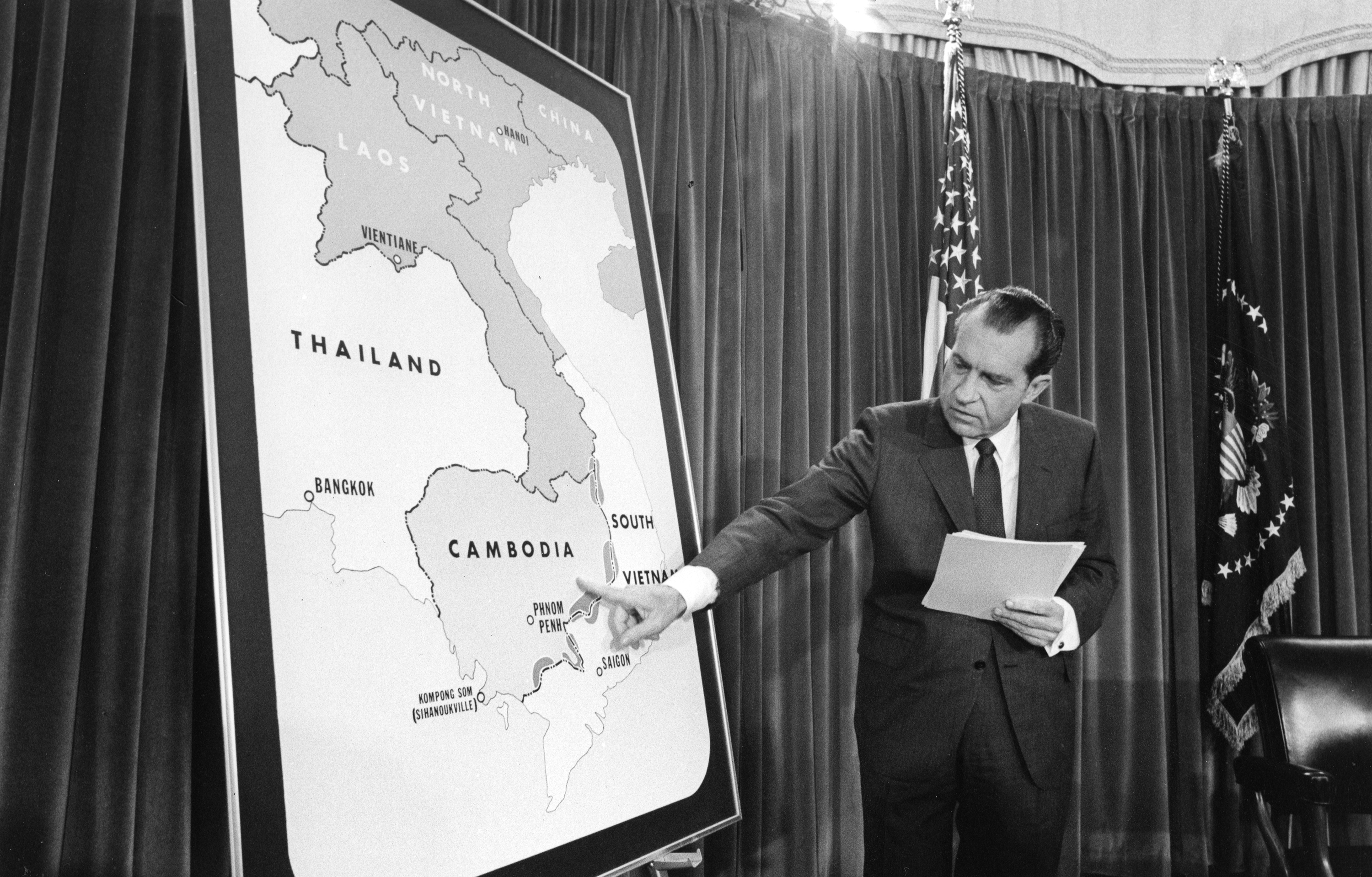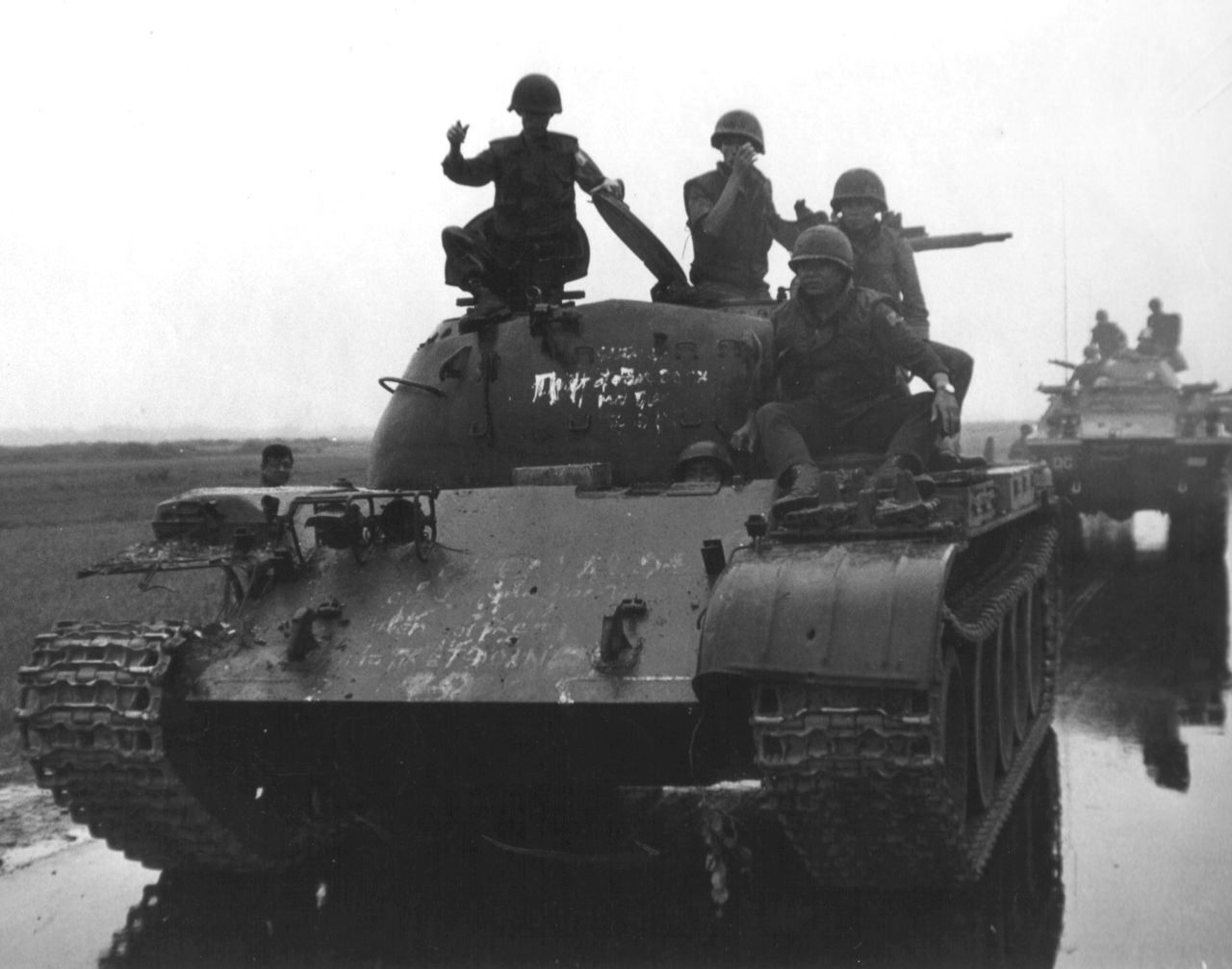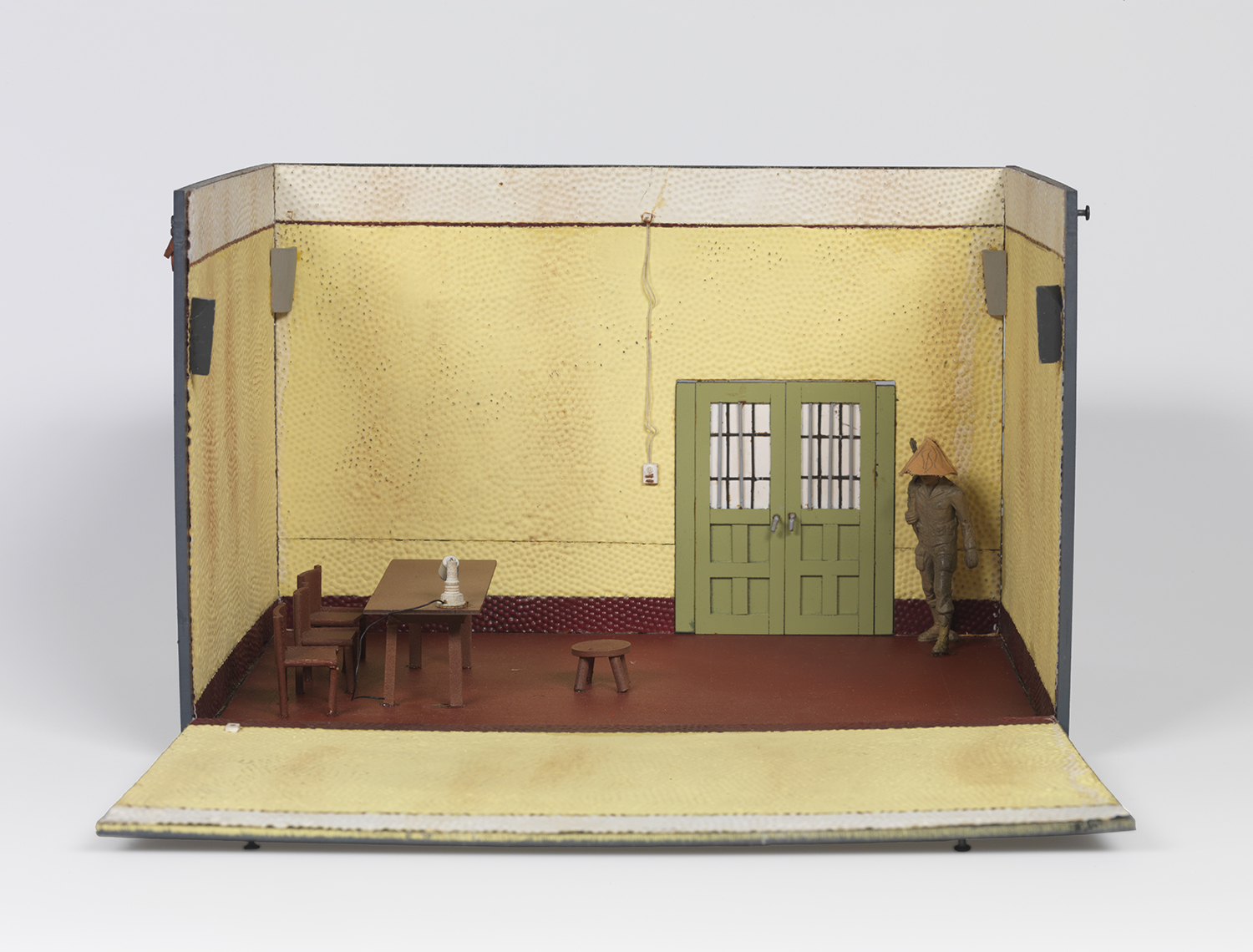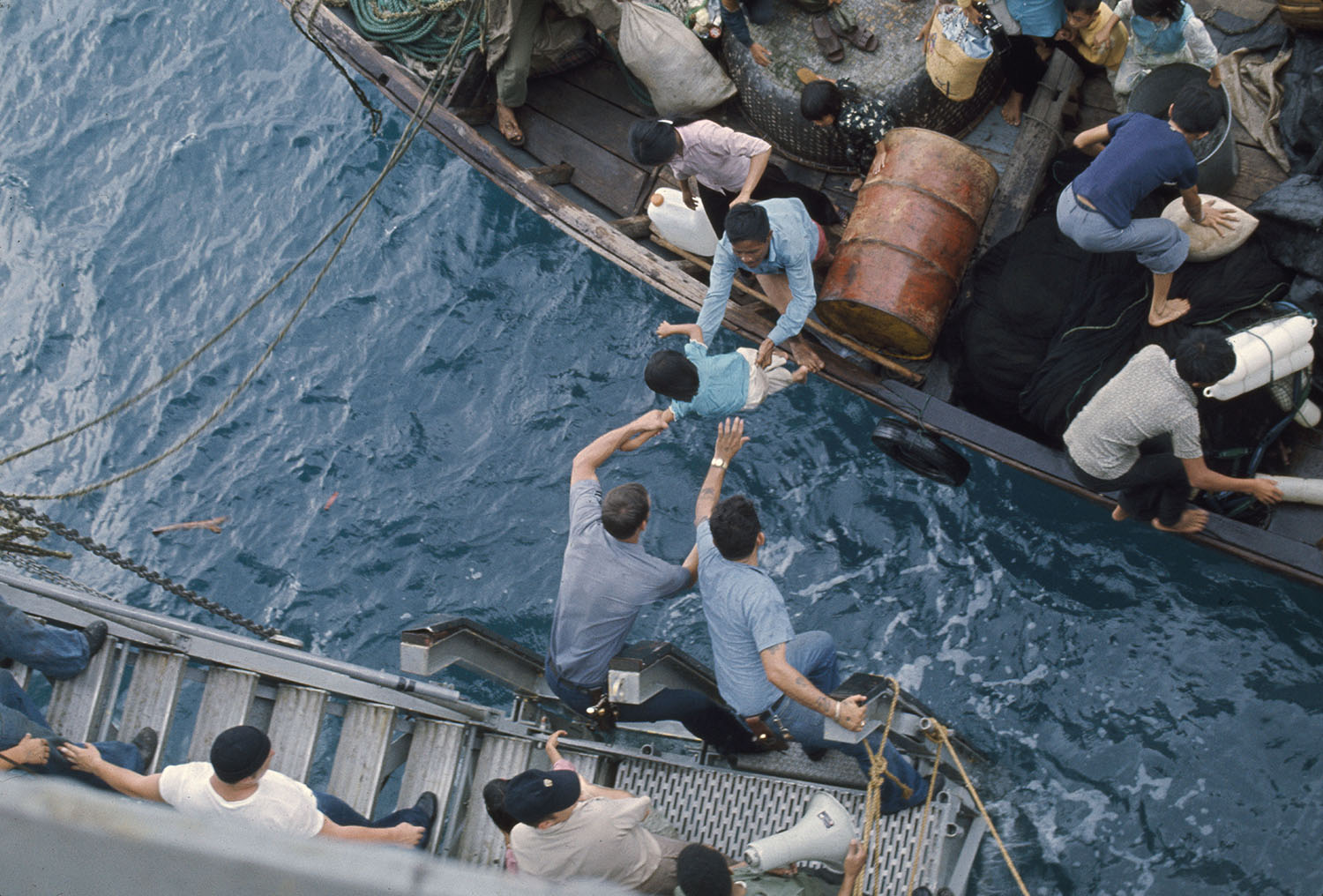
Episodes 9-12
Episode 9: Crossing into Cambodia
Nixon’s Cambodian campaign fans antiwar flames and deepens divide between Americans
I’m not going to be the first American President to lose a war.
In a coup strongly encouraged by the United States, a U.S.-friendly government came to power in Cambodia. The Vietnamese Communists had long used neutral Cambodia as a place to regroup and store weapons. President Nixon planned to send ground groups to Cambodia to attack Communist sanctuaries and central headquarters. One historical interpretation of Nixon’s strategy is that he hoped to destabilize the enemy in order to provide a “decent interval” in which South Vietnam could fend for itself while American troops pulled out.
Nixon televised his decision to initiate the Cambodian campaign. This apparent expansion of the war detonated an explosion of antiwar activity that escalated to a national crisis when four students were shot at a protest at Kent State University in Ohio. The public was unaware that Nixon had been secretly bombing Cambodia since mid-March 1969—an escalation of a covert bombing campaign started by Johnson in 1965.
See Documents and Photos from Episode 9
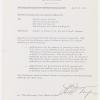
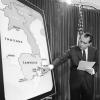
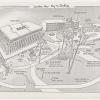
National Security Decision Memorandum 57, April 26, 1970
Nixon’s directive to send U.S. and South Vietnamese ground forces into Cambodia outraged many Americans.
National Archives, Richard Nixon Presidential Library and Museum
Nixon with map of Cambodia, April 30, 1970
During a televised address, Nixon pointed out the locations of suspected Communist sanctuaries in Cambodia.
National Archives, Richard Nixon Presidential Library and Museum View in the Online Catalog
Map of site of shootings at Kent State University, May 4, 1970
The map above, prepared for the Commission on Campus Unrest, shows “the Commons” area on the Kent State Campus, the movement of the National Guardsmen, and the locations where students were shot.
National Archives, Records of Temporary Commissions, Committees, and Boards View in the Online Catalog
Watch the Interviews from Episode 9
Watch the Animation: U.S. Airstrikes in Southeast Asia
Key Dates
March 18, 1970: Coup in which Lon Nol comes to power in Cambodia
April 23, 1971: Hundreds of Vietnam veterans throw away their medals at the United States Capitol
April 29, 1970: Cambodian incursion begins
April 30, 1970: Nixon’s speech on Cambodia
May 4, 1970: Kent State shooting
February 8, 1971: South Vietnamese army suffers devastating losses in Operation Lam Son 719
June 13, 1971: New York Times begins publishing excerpts from the Pentagon Papers
July 15, 1971: Nixon announces plans to visit China
Episode 10: Fighting While Talking
The North Vietnamese “Spring Offensive” and the American “Christmas Bombing”
The bastards have never been bombed like they’re going to be bombed this time.
In February 1970, Henry Kissinger began back channel negotiations with North Vietnam. Hoping to gain an edge in these deliberations, North Vietnam sent 122,000 main force units to attack South Vietnam in March. Nixon was enraged by the “Spring Offensive.” It threatened his reelection and his budding relationship with the People’s Republic of China and the Soviet Union, whom he hoped might abandon North Vietnam for the promise of improved American relations.
In October, a defeated North Vietnam made concessions and Kissinger announced “peace is at hand.” But South Vietnamese President Thieu balked at the agreement and demanded changes. When Kissinger attempted to renegotiate, the talks collapsed. Nixon blamed North Vietnam and ordered a massive “Christmas Bombing” to bring both sides back to the table.
See Documents and Photos from Episode 10
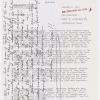
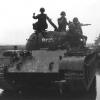
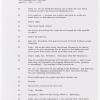
Memorandum from Nixon to Kissinger, January 3, 1972
In a CBS interview with Dan Rather, President Nixon said the resumption of bombing had been “very, very effective.” The next day, he scrawled, “K. We have had 10 years of total control of the air in Laos and V.Nam. The result = Zilch,” on the top of this memo.
National Archives, Richard Nixon Presidential Library & Museum
North Vietnamese T59 Tank captured by South Vietnamese 20th Tank Regiment in Quang Tri Province, 1972
Although the North Vietnamese Army scored early victories in their “Spring Offensive,” the South Vietnamese Army rallied with the help of U.S. air power and advisers on the ground.
National Archives, Records of the Office of the Chief Signal Officer
“Telcon” between Nixon and Kissinger, April 15, 1972
Nixon and Kissinger were each secretly recording their conversations. In this transcription of one of Kissinger’s tapes, he and Nixon revel in the destruction caused by the recent bombing campaign.
National Archives, Richard Nixon Presidential Library & Museum
Watch the Interviews from Episode 10
Key Dates
March 30, 1972: Hanoi’s Spring Offensive begins
April 16, 1972: U.S. resumes bombing of Hanoi and Haiphong
May 9, 1972: Nixon orders Operation Linebacker I bombing
May 26, 1972: Watergate scandal, arrest of five White House operatives
October 26, 1972: Kissinger declares “peace is at hand”
November 7, 1972: Nixon is reelected in a landslide
December 13, 1972: Breakdown in peace talks between the North Vietnamese and the Americans
December 18, 1972: Nixon orders Operation Linebacker II
Episode 11: Paris Peace Accords
Peace is declared but not achieved
Today [we] have concluded an agreement to end the war and bring peace with honor in Vietnam.
After Nixon’s “Christmas Bombing,” North Vietnam returned to the negotiating table. On January 27, 1973, the Paris Peace Accords officially ended the war in Vietnam. The final agreement was only superficially different from the draft reached in October 1972. South Vietnamese President Thieu reluctantly signed after Nixon secretly promised “swift and severe retaliatory action” if North Vietnam violated it.
Nixon and Kissinger declared they had achieved “peace with honor” and hoped it would last long enough to give Saigon a fighting chance.
In fact the war was far from over. Fighting between Saigon and Hanoi continued and even increased in parts of South Vietnam. North Vietnam began preparations to overtake the South. President Nixon, embroiled in the Watergate scandal, did not have the political capital to provide the backup he had repeatedly promised his ally.
See Documents and Photos from Episode 11
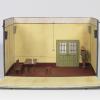
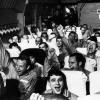
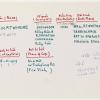
CIA model of “Hanoi Hilton,” undated
The CIA sometimes produced models for POW rescue missions. These miniatures helped operational planners to understand the target, in this case, the Hoa Lo prison camp known as the “Hanoi Hilton.”
National Archives, Records of the Central Intelligence Agency View in the Online Catalog
American P.O.W.s leave Hanoi, February 12, 1973
American servicemen, former prisoners of war, cheer as their aircraft takes off for home from an airfield near Hanoi. In all, 591 POWs were released after the Paris Peace Agreement was signed.
National Archives, Records of the United States Marine Corps View in the Online Catalog
Receipt for American prisoner of war Robert White, April 1, 1973
Captain Robert White was the prisoner of a “Viet Cong” who was hiding in a swamp in the Mekong Delta at the end of the war. American officials were surprised when he was turned over a few days after the “last” surviving American POWs were released.
National Archives, Records of the U.S. Forces in Southeast Asia View in the Online Catalog
Watch the Interviews from Episode 11
Key Dates
January 27, 1973: Signing of Paris Peace Agreement
January 28, 1973: Cease-fire
February 12, 1973: Operation Homecoming brings home 591 American prisoners of war
March 29, 1973: Last American troops leave Vietnam
August 16, 1973: The U.S. bombing of Cambodia ends, the last U.S. combat activity in Southeast Asia
November 7, 1973: War Powers Resolution passes in attempt to require congressional consent to commit U.S. to war
August 9, 1974: Nixon resigns as President of the United States
December 13, 1974: North Vietnam wins decisive Battle of Phuoc Long and concludes American involvement has ended
Episode 12: Fall of Saigon
The Communists conquer Saigon
You ran away and left us to do the job that you could not do.
After the Paris Peace Agreement, the Communists continued to infiltrate South Vietnam. The 1973 Case-Church Amendment prohibited U.S. military activity in Vietnam, Laos, and Cambodia without congressional approval. The United States continued to supply its ally with some military equipment and arms.
North Vietnamese Army forces attacked major cities in the highlands in March 1975. The South Vietnamese Army crumbled. President Ford requested additional aid from Congress. His persistence had a symbolic purpose. It bolstered U.S. credibility and allowed the administration to blame Congress for Saigon’s fall. A frenzied, last-minute evacuation of American civilians and South Vietnamese citizens at risk of retaliation by the communists ended just hours before a North Vietnamese Army tank crashed the Imperial Palace gates. In the years that followed, a total of 1.6 million Vietnamese refugees fled the Communist regime.
See Documents and Photos from Episode 12
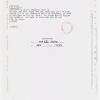

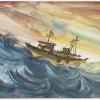
National Security Agency intercept of helicopter radio communication, April 29, 1975
This intercept captured a communication from a rescue helicopter as it wove in and out of artillery fire and dodged gas bombs to rescue Vietnamese refugees and American personnel from the U.S. Embassy.
National Archives, Gerald R. Ford Presidential Library View in the Online Catalog
Crewmen of the amphibious cargo ship USS Durham take Vietnamese refugees from a small craft in the South China Sea, 1975
National Archives, General Records of the Department of the Navy View in the Online Catalog
Watercolor painting, Fleeing for Liberty, 1975
President Ford signed the Indochina Migration and Refugee Assistance Act on May 23, 1975, facilitating the settlement of 130,000 Vietnamese, Cambodian, and Laotian refugees in the United States. One of them, Loc Huu Nguyen, dedicated this painting of his experience to President and Mrs. Ford.
National Archives, Gerald R. Ford Presidential Museum
Watch the Interviews from Episode 12
Key Dates
January 6, 1975: North Vietnamese Army takes Phuoc Long city
January 29, 1975: Weather Underground bombs State Department building
March 10, 1975: Two-day North Vietnamese Army offensive in Central Highlands begins
March 26, 1975: Fall of Hue City
April 4, 1975: First Operation Babylift flight
April 21, 1975: President Thieu resigns
April 29, 1975: Final phase of Saigon Evacuation begins
April 30, 1975: North Vietnamese tanks crash gates of Imperial Palace
May 12, 1975: Khmer Rouge forces seize the U.S. merchant vessel SS Mayaguez
